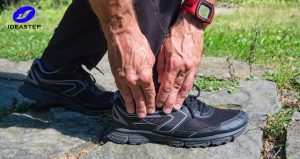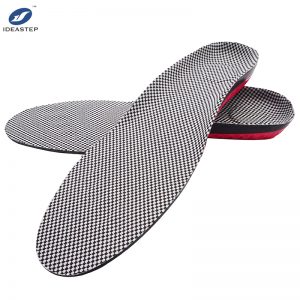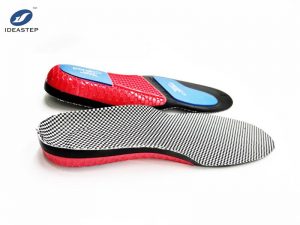How to resume treatment?
Running has become a very popular way of fitness nowadays, but many people will cause corresponding sports injuries due to abnormal running posture, external environment interference, relaxation after running, etc., which brings great inconvenience to life. So in this issue, we will introduce a sports injury that often occurs in runners, called knee pain syndrome, which is one of the main causes of knee pain.
Knee pain syndrome (PFPS) is also known as cymbal femoral gymnastics syndrome and tadpole syndrome. Its pathogenesis is related to uneven strength of the muscles around the cymbal, resulting in poor running trajectories in the bones when the knee is flexed. It is an injury to the soft tissue that supports the subosseous support and may also be an injury to the subosseous cartilage. Most patients present with pain after crickets or sores. Pain is most pronounced when the knee is flexed, and the odds of being a sports person are higher.
Causes of knee pain syndrome:
Do more physical activities such as running, squats, and stair climbing;
Many of our movements in physical activity (such as running, jumping, etc.) are incorrect;
Change your actions suddenly.
New shoes and new sports venues.
Postural abnormalities, such as abnormalities in the lower limbs or knee joints, and imbalances in the strength of the muscles around the bones.
symptom:
Patients with pain in the front of the knee, pain under the bone, pain in the back or around the knee. It’s a more painful pain. Intermittent episodes of pain that get progressively worse.
The pain gets worse after exercise or prolonged sitting.
Pain is exacerbated when the knee joint is under greater stress (eg, squatting, climbing stairs).
The knee joint makes a bomb sound.
Limited or oversized activities are limited.
Approaches to Knee Pain Syndrome (PFPS):
Treatment principle: reduce the pressure on the knee joint surface and prevent further damage to the soft tissue under the bone or mandibular soft tissue. Therefore, when we have the above symptoms during exercise, we should stop exercising in time to avoid aggravation of the injury, and we can seek professional physical therapy.
Treatment ideas: 1. Strengthen the strength of the relevant muscle groups around the knee joint, so that the muscles can bear more load and reduce the pressure on the soft tissue under the bone and articular cartilage. 2. Fix soft tissue and articular cartilage through physical therapy, restore original function and relieve pain.
Treatment methods: 1. Exercise therapy, strengthen the muscle strength training of the quadriceps femoris, hamstrings, tibialis anterior muscles and other related muscle groups, and strengthen motor control and physical sensation training. 2. Physical factor therapy, using ultrasonic therapy to reduce inflammation and pain, and promote blood circulation. 3. The treatment method is to release the knee joint, release the soft tissue around the knee joint, and activate the relevant muscle groups. The purpose of this is to change the trajectory of the bone so that there is less pressure on the soft tissue and cartilage under the bone. 4. Muscle internal effect stickers, wear knee support braces or knee arthritis internal effect stickers in daily life. With movement protection, the bones can be in the correct running trajectory, lightening the soft tissue and cartilage under the bones. pressure. 5. The insole supported by the arch supports the insole supported by the arch to improve the biological characteristics of the lower limbs and reduce the pressure on the knee joint.
Through the above introduction, everyone must have a certain understanding of knee pain syndrome, so if people who like to exercise, they will have pain or other adverse reactions during or after exercise. Professional physical therapy assesses and diagnoses your symptoms and treats them in a timely manner to avoid increased harm and sequelae.
For more information, please visit https://www.aideastep.com



